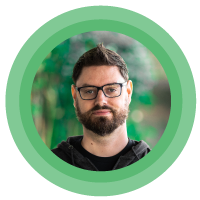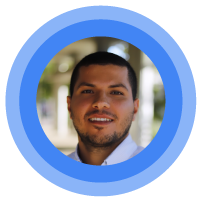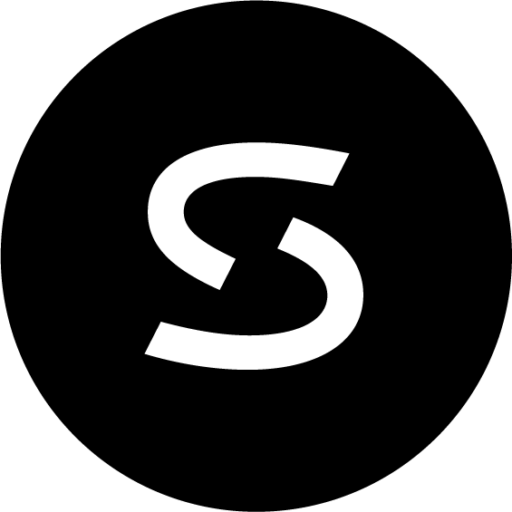Week 7 of Next OnAir ‘20 focused on how to develop and run applications using open source and other software without operations staff. SADA’s cloud experts found the following sessions to be particularly compelling and provided some informative post-session insights and commentary that you won’t want to miss:
Week 7 #SADASays Post-Session Recaps

#SADASays With Seth Moffitt, and Chris Hendrich- Post-Keynote Commentary
Listen in as Seth Moffitt and Chris Hendrich, Solution Architects at SADA, discuss the Solution Keynote Ship Faster, Spend Less By Going Multi-Cloud with Anthos.

#SADASays With Seth Moffitt, Chris Hendrich and Adam Acevedo – Post-Session Commentary
Listen in as SADA’s Seth Moffitt, Solution Architect, Chris Hendrich, Solution Architect, and Adam Acevedo, Cloud Engineer, discuss Running Anthos on Bare Metal and at the Edge with Major League Baseball (MLB) from Week 7 of Next OnAir.

#SADASays With Ala Raddaoui, Seth Moffitt and Kevin McCartney- Post-Session Commentary
Listen in as SADA’s Ala Raddaoui, DevOps Architect, Seth Moffitt, Solution Architect, and Kevin McCartney, Technical Account Manager, discuss Optimize Cost to Performance on Google Kubernetes Engine from Week 7 of Next OnAir.
Opening Keynote
Eyal Manor, GM & VP, Engineering, Google Cloud, kicked off the week with a keynote on how to ship faster and spend less by going multi-cloud with Anthos. According to Manor, in the current environment, businesses have been consistently expressing concerns regarding business continuity and innovation. Organizations have had to urgently prioritize cost savings and need to focus on agility to innovate faster and keep up with changing customer behavior.
When it comes to Google Cloud’s Application Modernization solutions, customers have been able to achieve more than 35% cost savings with migrating and over 75% cost savings with automation and refactoring. Customers have also been able to innovate 8x faster by using Google Cloud’s serverless solutions.
“Application Modernization is hard. It’s more than just adapting to new technologies; it means dealing with talent fragmentation as you adopt multiple clouds and API fragmentation as you start transforming your applications,” said Manor. To help with your journey, Google Cloud offers three differentiated capabilities:
- Modernization Platform: To better manage complexity, Anthos offers a consistent development and operations experience no matter if you’re running natively on Google Cloud, or using hybrid, multi-cloud, or edge environments.
- Industry-Leading Guidance and Practices: To make sure you have the right plan in place, Google Cloud provides developers with industry-leading guidance on how to develop, run, operate, and secure applications on Anthos with all the tooling you need to go with it.
- Benchmarking and Prioritization: Since businesses want to see the impact of Application Modernization right away, Google Cloud provides a data-driven prioritization and bench-marking methodology to see what and how to improve. You can benchmark your performance against internal teams or industry peers, quickly identify areas of improvement, and get prescriptive guidance to make the most of your cloud investment.
In Q2 of 2020 alone, over 100k companies used Google Cloud’s Application Modernization platform and services, including Google Kubernetes Engine (GKE), Anthos, Cloud Functions, and Cloud Run to build and run their mission-critical enterprise-grade applications. Customers select Google Cloud for a variety of reasons. Here are just a few:
- GKE clusters can scale up to 15k nodes. This is the largest number of supported nodes of any cloud-based Kubernetes service, and 3x the number of nodes supported by open source Kubernetes.
- Ninety-eight percent of Cloud Run users develop and deploy apps on their first try.
- Anthos brings the best of cloud services to you, instead of having you move to the cloud. It extends Google Cloud services and engineering practices to your environment, enabling you to modernize apps faster and establish operational consistency across on-prem and any cloud.
Chen Goldberg, Engineering Director, Google Cloud, delved into Anthos and the impact that the platform is starting to have on organizations. “Specifically, we are seeing impact on improvement in developer and operator efficiency, acceleration of business innovation with easier access to Google-managed services, with a security-first approach; all while saving money and using the cloud more efficiently,” said Goldberg. She discussed:
- How Anthos offers simple service operations. With service automation, along with advanced telemetry, and out-of-the-box service-level objectives, Anthos helps to proactively monitor applications and catch issues in real-time before impacting users. SRE best practices help minimize outages and improve business continuity.
- How Anthos treats configuration as data and applies consistent policies to any or all of your infrastructure, saving teams significant effort and eliminating manual errors.
- How Anthos has a common interface across hybrid and multi-cloud, which helps developers and operators avoid the context switching that slows them down.
- How you can now easily bring more clusters into Anthos. With Anthos attached clusters, you can bring any Kubernetes conformant clusters into Anthos and benefit from the advanced capabilities that Anthos provides, like declarative configuration and service automation.
- How you can now easily adopt best practices like canary rollouts and global load balancing without additional overhead thanks to improved service-to-service networking controls and visibility. You can also benefit for the first time with common ingress across multiple Kubernetes clusters.
- How you can start building with Anthos anywhere. Earlier this year, Google Cloud announced the general availability of Anthos on AWS with support for Azure coming soon.
- How to eliminate the dependency on a hypervisor layer with Anthos for Bare Metal. This deployment option enables you to run Anthos on physical servers, deployed on an operating system provided by you, without a hypervisor layer (beta).
Goldberg also announced Google Cloud’s hybrid AI offering, Speech-to-Text On-Prem, now generally available on Anthos through the Google Cloud Marketplace, and Anthos Identity Service, which extends your existing identity solutions to seamlessly work with Anthos workloads.
Upcoming #SADASays Post-Session Recaps: Week 8
On Tuesday, September 1st, Next OnAir will be focused on Cloud AI. Tune in to learn more about generating value with AI. Also, be sure to check out SADA’s Next OnAir post-session recaps on Thursdays. Here’s what’s coming up on September 3rd:

#SADASays With Chad Johnson – Post-Session Commentary
Join SADA’s Chad Johnson, Director, Google Cloud Search & CCAI, as he discusses CCAI State of the Union from Week 8 of Next OnAir.

#SADASays With Chad Johnson and Heather Sheston – Post-Session Commentary
Join SADA’s Chad Johnson, Director, Google Cloud Search & CCAI, and Heather Sheston, Client Partner Executive, Public Sector, as they discuss How Google is Fortifying the Social Safety Net from Week 8 of Next OnAir.

#SADASays With Colin Dietrich and Stephanie Lee – Post-Session Commentary
Join Colin Dietrich and Stephanie Lee, Data Scientists at SADA, as they discuss Productionizing TensorFlow on Google Cloud with TensorFlow Enterprise from Week 8 of Next OnAir.



